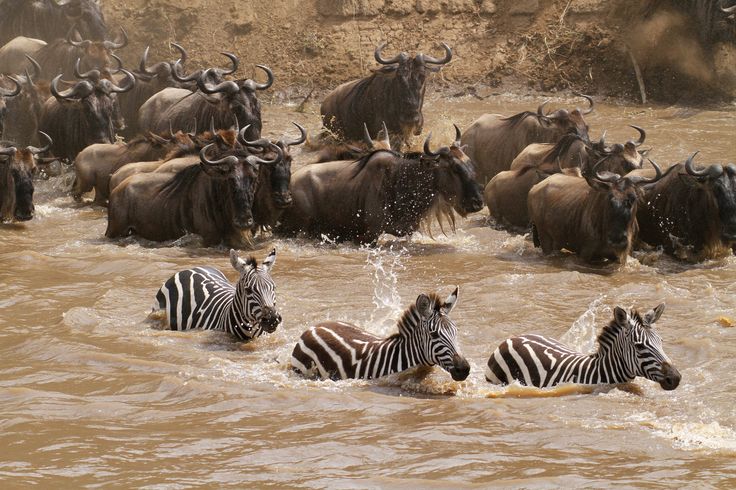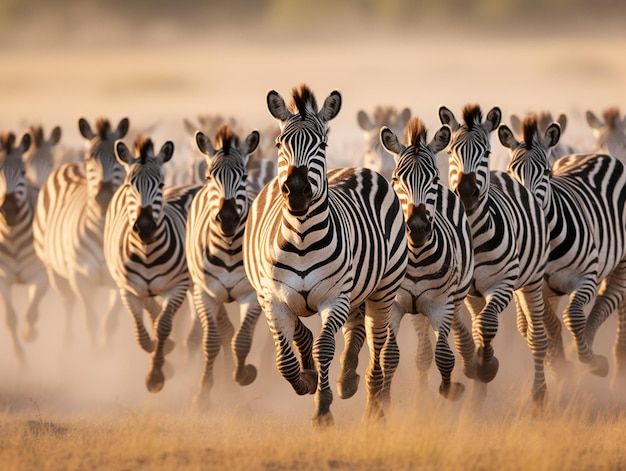The South African Anti-Money Laundering Integrated Task Force (SAMLIT) has released its 2025 report on the financial flows linked to illegal wildlife trade (IWT), published in Pretoria on 21 October 2025. The report, developed in collaboration with the Financial Intelligence Centre (FIC), law enforcement agencies, and leading banks, shows how financial intelligence is being used to track and disrupt organized wildlife trafficking networks that continue to threaten South Africa’s biodiversity and regional security.
The report titled Financial Flows Associated with Illegal Wildlife Trade in South Africa: The 2025 Updated Perspective highlights a clear shift from traditional wildlife enforcement to financial disruption. It explains how public and private institutions are working together to trace illicit money flows that sustain wildlife crimes such as rhino poaching, abalone smuggling, and trafficking in endangered species.

The SAMLIT Taskforce, established in 2019, brings together the FIC, the South African Reserve Bank, commercial banks, and law enforcement agencies to combat environmental crime through the same tools used to tackle money laundering and terrorism financing. The 2025 update marks the third comprehensive study of IWT financial trends in the country and signals that financial tracking is becoming a central part of wildlife protection.
Read also: IUCN confirms extinction of Slender-billed Curlew, once common across North Africa
According to the report, South Africa’s financial intelligence system recorded 439 suspicious transaction reports related to wildlife crime between January 2022 and December 2024. This represents a sharp increase from 139 reports in the previous reporting period. The increase shows growing vigilance from banks and a better understanding of how wildlife trafficking networks operate through the formal economy. However, the report cautions that the quality of data still needs improvement, as many reports lack detailed information such as transaction locations or the occupations of suspects.
The study reveals that 90 percent of those implicated in IWT-related transactions are South African nationals, though the networks they serve operate across borders. The analysis uncovered money movements linking South Africa with China, India, Georgia, Slovenia, Spain, and the United States. Cash deposits, structured withdrawals, gambling winnings, and crypto-asset transactions were some of the key financial patterns used to disguise illicit proceeds.
Specific criminal cases have shown how financial investigations strengthen law enforcement. One example is the conviction of W. Kimpampa earlier this year, who was sentenced to 12 years in prison for laundering R12 million related to rhino horn trafficking. Another, involving Chinese national QQ Feng, led to a six-year sentence after police discovered 1,257 kilograms of dried abalone worth R6.9 million hidden in a truck compartment. These prosecutions were possible because of collaboration between banks, the Financial Intelligence Centre, and the Directorate for Priority Crime Investigation (DPCI).
The report also exposes the occupational diversity of people involved in wildlife crimes. Perpetrators range from farmers, laborers, and drivers to professionals such as lawyers and construction managers. Some have been linked to legitimate businesses that serve as fronts, including restaurants, logistics firms, and game farms. There are also signs of corruption within state institutions, with border officials and park employees reportedly facilitating smuggling or accepting bribes.
Financial behavior linked to wildlife trafficking often includes rapid movement of funds, numerous small cash deposits, and the use of multiple bank accounts to hide origins. Transactions are often coded with vague references such as “Villa Payments” or “Secret.” High-value purchases, online gambling, and international transfers are also common indicators.
Read also: GRI and CDP launch joint tool to align climate and energy reporting frameworks
Geographically, most illicit financial activity connected to wildlife crime is concentrated in Gauteng, the Western Cape, and Mpumalanga. Johannesburg, Cape Town, and Nelspruit appear frequently in transaction data, reflecting their role as both commercial centres and trafficking hubs.
The findings highlight how illegal wildlife trade has become one of the most organized financial crimes on the continent. Globally, wildlife trafficking is estimated to generate between USD 7 billion and USD 23 billion annually, with Africa providing the bulk of high-value commodities such as rhino horn, ivory, and abalone.
In South Africa, the link between biodiversity loss and financial crime has become a matter of national economic security.
SAMLIT’s work has drawn international recognition, with its model of public-private cooperation presented at United for Wildlife’s East Africa Chapter meeting and the Basel Institute of Governance in 2024. These engagements demonstrate that Africa’s financial intelligence community is increasingly part of global efforts to combat environmental crime.
Senior State Advocate Dania Bruwer of the National Prosecuting Authority said the taskforce has “improved the coordination of financial investigations significantly, resulting in successful money laundering prosecutions.” She added that the recognition of wildlife trafficking as a serious predicate offence aligns South Africa with international Financial Action Task Force (FATF) standards.
Beyond its legal impact, the initiative carries wider implications for Africa’s sustainability agenda. Illegal wildlife trade weakens rural economies, erodes tourism revenues, and fuels corruption. The financial flows behind it distort markets and enable the exploitation of ecosystems that many communities depend on for livelihoods. By treating wildlife trafficking as an economic and financial crime, African countries can protect not only their biodiversity but also the integrity of their financial systems.

South Africa’s example offers a practical model for replication across the continent. Integrating financial intelligence into conservation policy provides a pathway to sustainable governance that goes beyond policing and into prevention. It demonstrates that the fight against wildlife crime is as much about tracing money as it is about protecting animals.
Dr. Dion George, Minister of Forestry, Fisheries and the Environment, summed up the country’s approach by noting that collaboration “creates the transparency and shared responsibility needed to dismantle criminal syndicates.” For Africa, this approach signals a necessary evolution in conservation, one that recognizes that the health of ecosystems and the integrity of financial systems are now inseparable.





